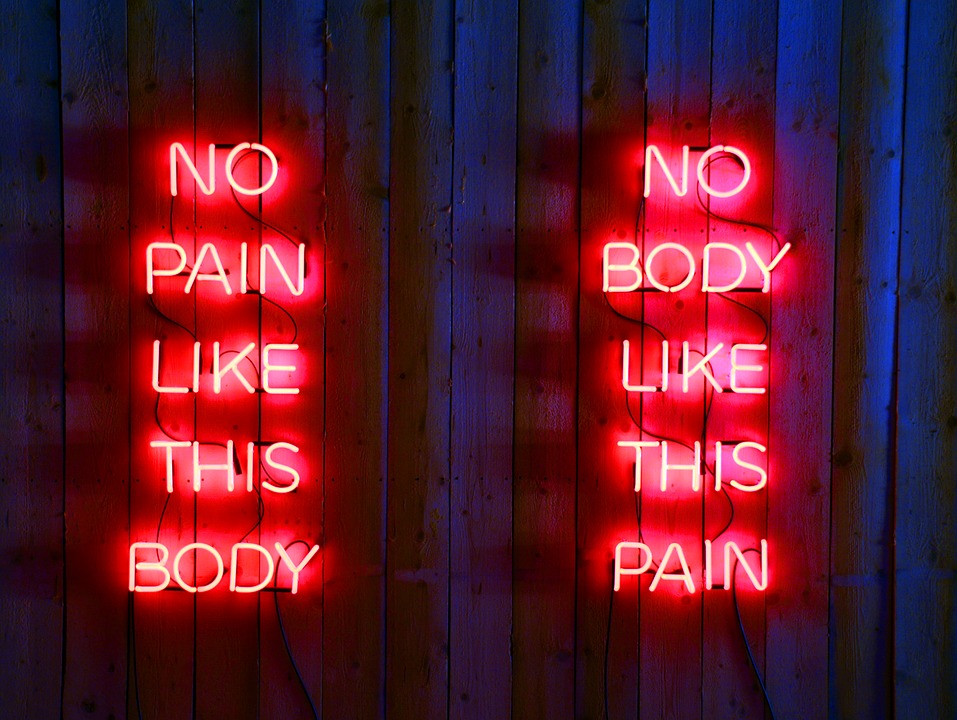It’s no secret that back and neck pain can be debilitating. Whether the problem stems from sleeping in an odd position or from something more serious, any type of spinal pain needs treatment. Fortunately, there are plenty of treatment options available to ease back and neck pain.
When to call the doctor
Neck pain should not be taken lightly. The neck is rather delicate and does important work, so if you feel severe and sudden pain, you should contact your health-care provider immediately.
Neck pain can come from more serious problems like sports injuries, pinched nerves, infections, and arthritis. If your neck pain comes from these problems, or from problems relating to tumors or whiplash, you should work with a health-care provider for appropriate treatments and therapies.
Neck pain due to daily living
Neck pain can be caused by daily living and people tend to experience it because of poor posture, especially when related to looking down at mobile phones. Bad sleep habits, repetitive motions, and teeth grinding can also cause neck pain. People who carry heavy purses or shoulder bags often complain of neck pain, too.
When you have neck pain that is not due to a serious medical condition or a major accident, there are plenty of easy ways to reduce the discomfort. Of course, analgesics like acetaminophen and ibuprofen can help with pain and minor inflammation. If you have swelling, you should speak with your health-care provider, but while you wait on the phone, putting an ice pack on the tender area can help.
Another way to ease neck pain is to visit your chiropractor. A study conducted in 2009 found that patients who chose chiropractic care for their acute neck pain had positive outcomes. The patients had mild neck pain and were given several different forms of chiropractic manipulations including massage, heat, and electrical stimulation. Most of the patients were highly satisfied with their care which lasted between one week and 26 weeks, with most patients finding ease after four weeks.
Easing back pain
Back pain can also be eased. Just like acute neck pain, acute back pain can be caused by daily living. In fact, many of the same causes like poor posture, carrying heavy bags, and awkward sleeping positions can create a problem. However, if you have severe back pain, it is best to work with a health care provider. These home treatment methods are for short-term discomfort, not for major injuries, degenerative discs, tumors, or infections.
Like the neck, the rest of the spine works hard throughout the day. There will be occasions when the muscles get sore and need some relief. Heating pads and ice packs can help. Use the ice pack first. Wrap it in a towel and place it on the painful area. The ice will reduce inflammation and it can numb the discomfort, too. After using the ice pack, then use heat because it will help bring relief to muscle aches.
Start moving to ease back pain
It might seem counterintuitive to get moving when you begin to feel minor back pain from strained muscles, but it is actually helpful. Whether you go for a walk, do some light stretches, or go to yoga, movement can help ease the discomfort.
Basic yoga stretches like touching your toes or cat-cow pose can bring quick relief. When you reach down to touch your toes, be sure to bend your knees and engage your stomach muscles to protect your back. With cat-cow pose, you go to your hands and knees and alternate between arching your back upward and sinking your belly down toward the floor. After 30 seconds or so, the pain should decrease. Child’s pose is another gentle stretch that can feel fantastic. Sit on your heels with your knees separated as widely as feels good. Bring your forehead to the floor and your hips to your heels. You can reach your arms forward or put them along the side of your body. Whatever stretch you do, be sure to breathe deeply and fully.
Using topical creams and salves
In repeated studies, exercise and movement – like yoga stretches – have been proven to reduce moderate to severe back pain. It can also help ease acute back discomfort. Some people who use yoga to help reduce back pain will also pair stretches with pain-relieving creams and salves like Arnica, capsaicin, or menthol. In fact, the effects of capsaicin on pain from osteoarthritis were studied in 2014 and found to be “moderately effective in reducing pain intensity.”
Chiropractic care eases mild back pain
Spinal manipulation can also bring relief for acute back pain. Numerous studies have found that patients with acute back pain find relief after four weeks of treatment. The science shows that those same patients usually do not need anything more than over-the-counter analgesics along with chiropractic care. Studies also found that patients with mild to moderate back pain also found success with exercise and massage along with chiropractic spinal manipulation.
Use supportive furniture to reduce back pain
Since daily activities can create acute back pain, it is important to create surroundings that do not hurt your back. The mattress you sleep on should be supportive. You should also sleep in positions that support your back, rather than stress it. Some people like to sleep with a pillow between their legs if they sleep on one side.
The furniture you use during the day should also support a healthy spine. The chairs you sit in should have lumbar support and be at an appropriate height so you can comfortably put your feet on the ground. Be sure that your workstation is set up at heights that will prevent you from getting back pain.
Dr. Brent Wells, D.C. has been a chiropractor for over 20 years and has treated thousands of patients. He founded Better Health Chiropractic & Physical Rehab in Alaska in 1998 and is a member of the American Chiropractic Association and the American Academy of Spine Physicians. Dr. Wells is also the author of over 700 online health articles that have been featured on sites such as Dr. Axe and Lifehack. He continues his education to remain active and updated in all studies related to neurology, physical rehab, biomechanics, spine conditions, brain injury trauma, and more.

